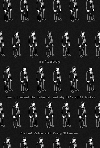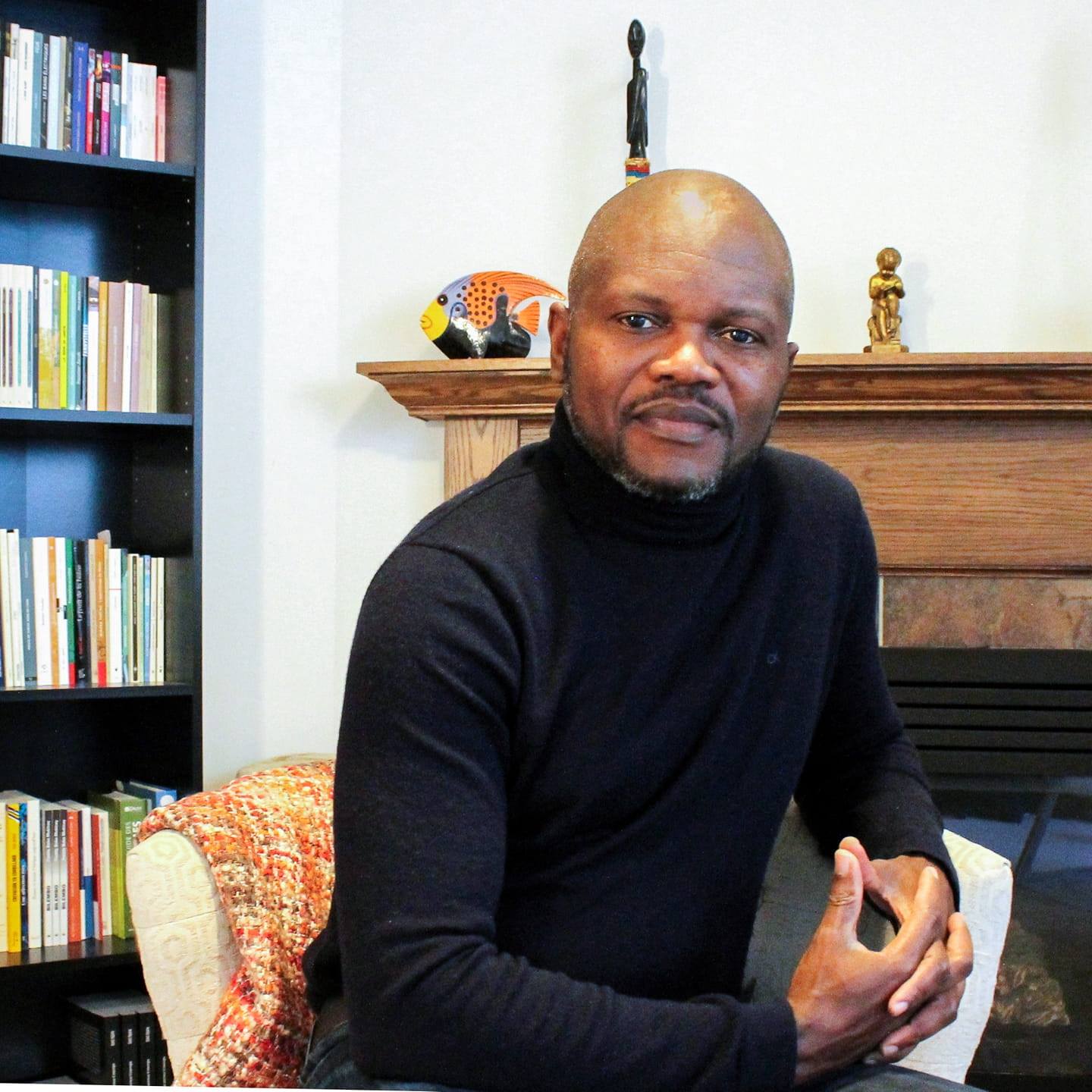
Mafiaboy
Michael Calce With Craig Silverman
Viking Canada
$34
cloth
276pp
978-0-670-06748-0
Today, Michael Calce (aka Mafiaboy) is one of the good guys, working in computer retail, writing a computer security column in Le Journal de Montréal, and preaching the good word to would-be hackers. With Mafiaboy, co-written by Craig Silverman, he’s broken an eight-year silence, thumbing his nose at every headline-grabbing media outlet that muddled his story. “When the story hit the media, there were a lot of misconceptions,” says Calce. “I wanted people to understand. I had to get the message across that I’m not the same person now.” Calce was bad-mouthed by media on both sides of the border, and muzzled by both a court order to keep off computers and by the ongoing court case. Now that he’s started talking, it’s hard to stop.
“Nothing’s safe,” says Calce. Not your laptop, not your iPhone, not your home computer. Using the internet unprotected is like living in a war zone without a bulletproof vest. The average computer user can only keep their head down and hope they don’t get shot. The best ways to dodge the bullet? Install firewalls, use strong passwords, and turn the modem off between uses.
Mafiaboy didn’t steal information or work for financial gain, but his crime sabotaged five large companies. He used a flood of data packets to swamp each website, shutting down service and eliminating substantial revenue. Back then, the Canadian legal system did not have computer crime laws. The United States wanted to extradite him but the RCMP held on tight. During the long trial Mafiaboy became a guinea pig for tech crimes and his case established a legal framework for the future.
His age kept him out of jail stripes; but his crime landed him in a group home without access to his computers or his closest friends.
He’s become the spokesperson for a generation that grew up coding websites and playing video games, advising computer whizzes to use their powers for good and challenging them to develop patches, not bugs. “You can explore technology in the same manner without doing anything illegal,” he says. “If I had channelled my energy in a positive manner it would be a whole different story.” Rags-to-riches techboy stories are common currency today. Former computer nerds are today’s billionaires, breaking the age glass ceiling. Facebook founder Mark Zuckerberg started the website while at Harvard. Today it’s worth billions of dollars.
During the internet boom of the late ’90s, the United States prepared itself for a major electronic attack. Deputy Secretary of Defense John Hamre said, “We are facing the possibility of an electronic Pearl Harbor.” They were expecting international warfare, not a Canadian teenager with an overeager trigger finger. Mafiaboy was hanging out in hacker chatrooms and showing off to his online friends. The currency of friendship was electronic weapons: applications, coding skills, and computers compromised for bandwith. “It was, in effect, an arms race,” says Calce, with each gang stockpiling defenses in case of an attack. He developed a bank of compromised computers and an understanding of his targets’ weaknesses and the best weapon to hit them with, working his way through the ranks of low-level gangs to some of the higher, international groups. “As soon as you gain power, it becomes infectious,” says Calce. The gangs usually attacked each other, showing off their weapon power with intimidation tactics. But Calce aimed his skills at the public.
Showing off cost him his anonymity. After Yahoo! and eBay went down, Calce went online under his usual alias to catch the reaction, asking for target recommendations. He shut down CNN.ca, Amazon, and E*TRADE with the same technique while an FBI agent monitored the chatroom. After the attacks, some computer experts blamed universities and corporations for running large, vulnerable networks. No one was prepared for the attack, or its fiscal damage. “You can be aware of a disease and not do anything to prevent it,” says Calce. “We educate ourselves about our health. We should educate ourselves about our computer health.”
Calce and Silverman launched a webumentary about international computer crime, soon to be screened in schools across Quebec. “It’ll scare the pants off you,” says Silverman. Since Mafiaboy’s antics, computer crime has escalated as organized crime moves online. In 2007, Owen Walker was arrested in Whitianga, New Zealand; his cyber-crime gang is accused of hacking into 1.3 million computers worldwide and embezzling millions of dollars. He was 18 years old and part of the 5 percent of cyber-criminals who are caught worldwide. Cyber-crime is more profitable and more international than ever as our private lives move further into the digital realm. We bank, shop, write in our diaries, and hire over the internet, splashing our IP address and real-life address everywhere we go. A hacked computer is an open book to anyone who knows how to read it. “The average internet user, who isn’t very tech-savvy, is not getting this information about security,” says Calce. “Carrying a Smartphone with sensitive corporate and personal information is akin to walking around with your driver’s license, banking information, and personal data hanging freely from your body.”
All it takes is one quick-fingered pickpocket, or, in the case of US Defense Department, three million. Three million unauthorized probes nudge its networks daily. Some are looking for state secrets or for weak points in the system. Others are relatively harmless probes seeking vulnerable computers to take over.
Silverman and Calce are well positioned as heralds of bad news. Both have worked in computer security, and neither has been hacked. (“Not that I know of,” says Silverman.) The book, and their meeting, was a result of luck. When Calce decided he wanted to tell his story, the first agent he approached directed him to Craig Silverman, who had just published his first book, Regret the Error. “You can call it fate or luck or whatever,” says Silverman. They wrote in tandem, with Silverman mapping out each chapter and editing afterwards. “My job was to make sure it was him. I thought the best way to do that was to have him write. His hands were all over it.”
The result is Mafiaboy, written in simple language with definitions for every acronym. The average computer user can follow along, but a more tech-savvy reader may be bored. The book is mostly a memoir, starting with Calce’s childhood in the West Island and introduction to computers. But some analysis and crucial information are missing. Calce writes from the perspective of eight years ago, not as an adult looking back. Interviews with prosecutors and judges from the trial and the lawmakers who changed Canadian computer crime laws would have provided the retelling with some necessary depth. The story ends after his eight-month probation, when Calce was once again allowed to see his friends and use a computer.
Despite their extensive computer use, both writers can imagine living on a desert island without them. Silverman uses computers for his work, “So it sounds like a vacation to me. If I can’t be on them, I might as well be on a desert island.” Calce, now 24, wouldn’t mind either: “Are there girls?” he asks. mRb







0 Comments